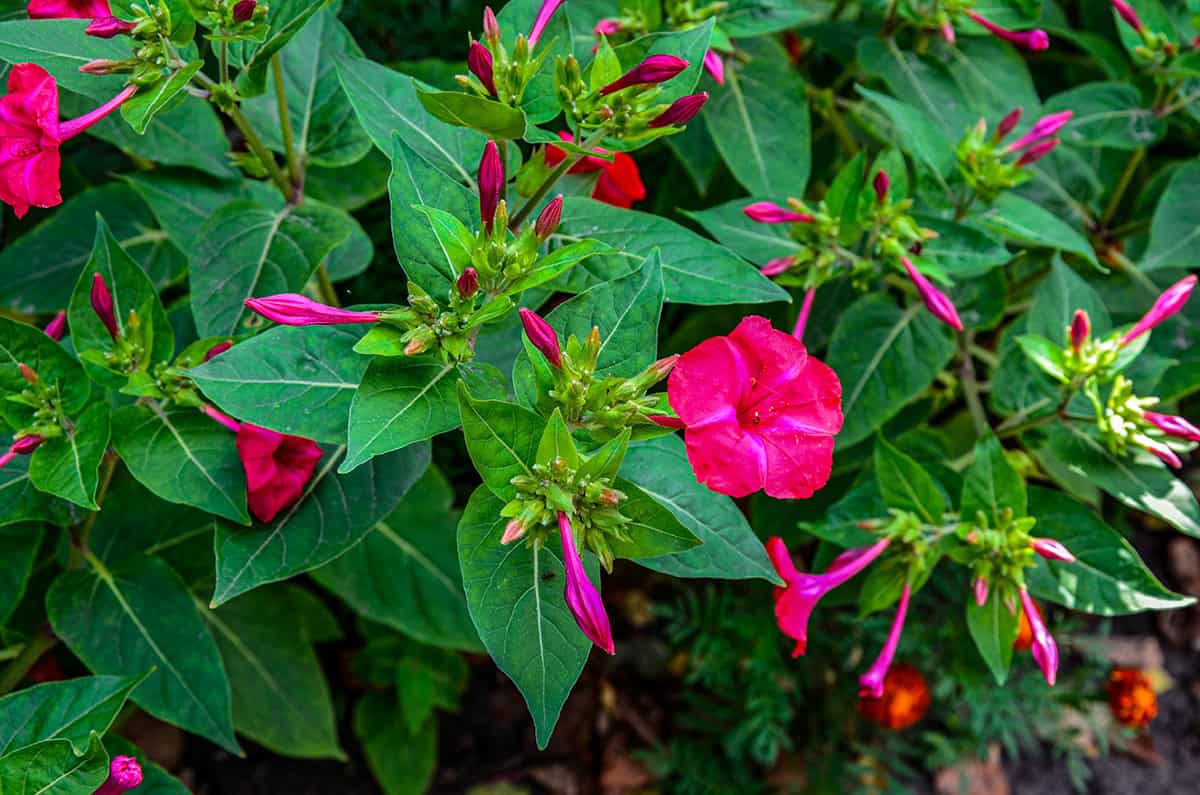If you want a flower that adds charm to your evenings, four o’clocks are perfect. Their blossoms open later in the day and last into the night. Read on to discover how to grow and care for them.
Table of Contents
Light
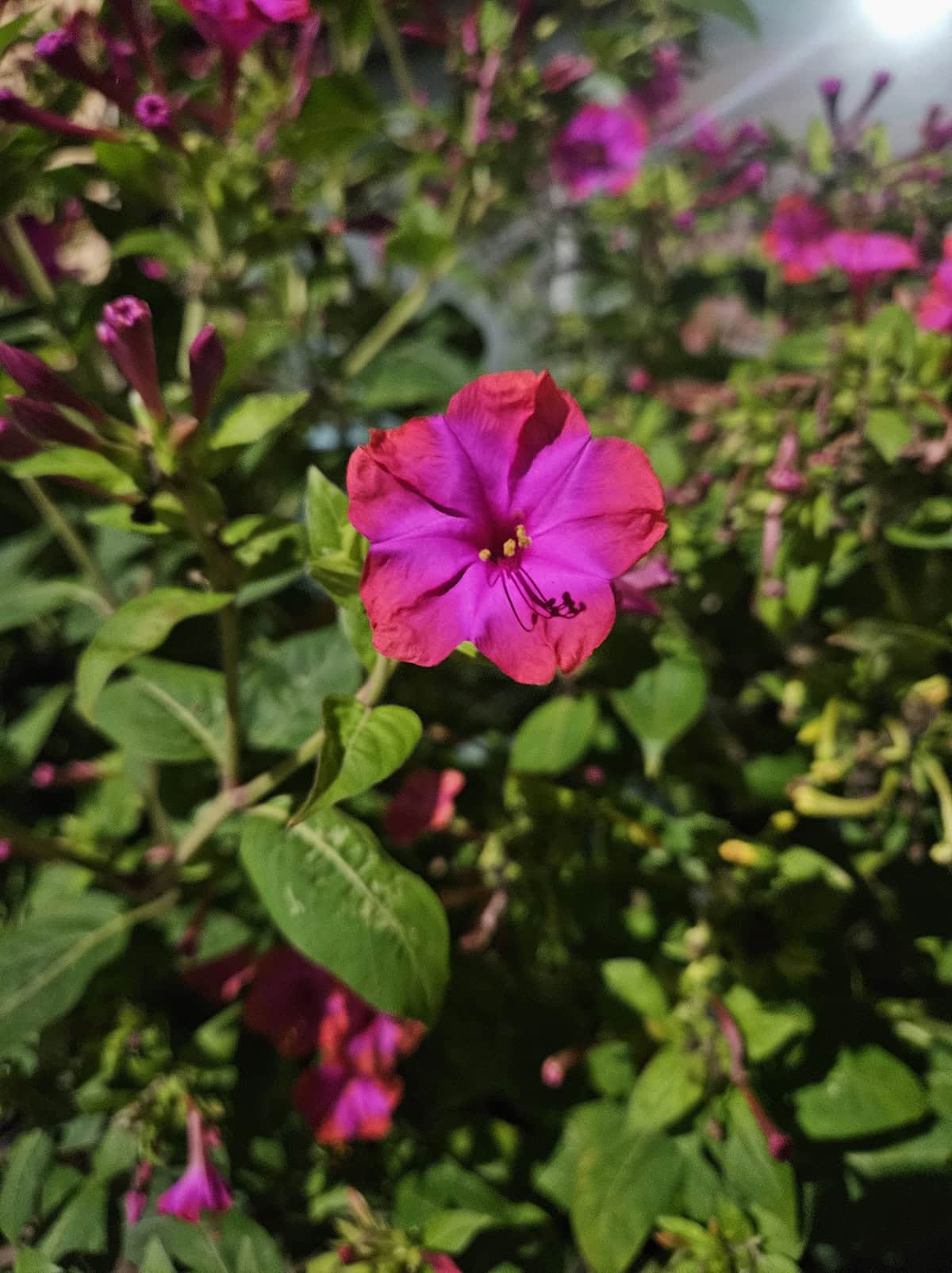
Four o’clock flowers are sun-lovers at heart. They do best with at least six hours of direct sunlight a day. If you’re in a place with scorching summers, they’ll appreciate a bit of afternoon shade.
Partial shade works, though you’ll probably see fewer blooms. Full sun means more flowers and bolder colors.
Try to set them where they aren’t shaded by buildings or big trees. Garden beds, sunny porches, and even windowsills can work.
In especially hot regions, a spot with morning sun and dappled afternoon shade helps keep them from getting stressed out. This way, they’ll keep blooming even during heat waves.
If your plants look pale or stretched out, they’re probably craving more light. Move them if you can, and you’ll likely see a difference.
Soil
Soil isn’t a huge obstacle for four o’clocks—they’re pretty adaptable. Still, they’re happiest in spots with solid drainage.
Soil rich in humus encourages more growth and brighter blooms. They handle a bit of dryness, but moist (not soggy) soil is ideal. If you’ve got heavy clay, mix in some compost or organic matter to loosen things up.
Pairing full sun with well-drained soil keeps roots healthy. If water puddles after rain, it’s time to amend the soil. Compost helps with both drainage and fertility.
Mirabilis jalapa will survive in sandy or poor soil, but richer dirt gives you better results. You want soil that crumbles in your hand, not something dense and sticky. Soggy ground is a no-go—too much water can rot the tubers.
Water
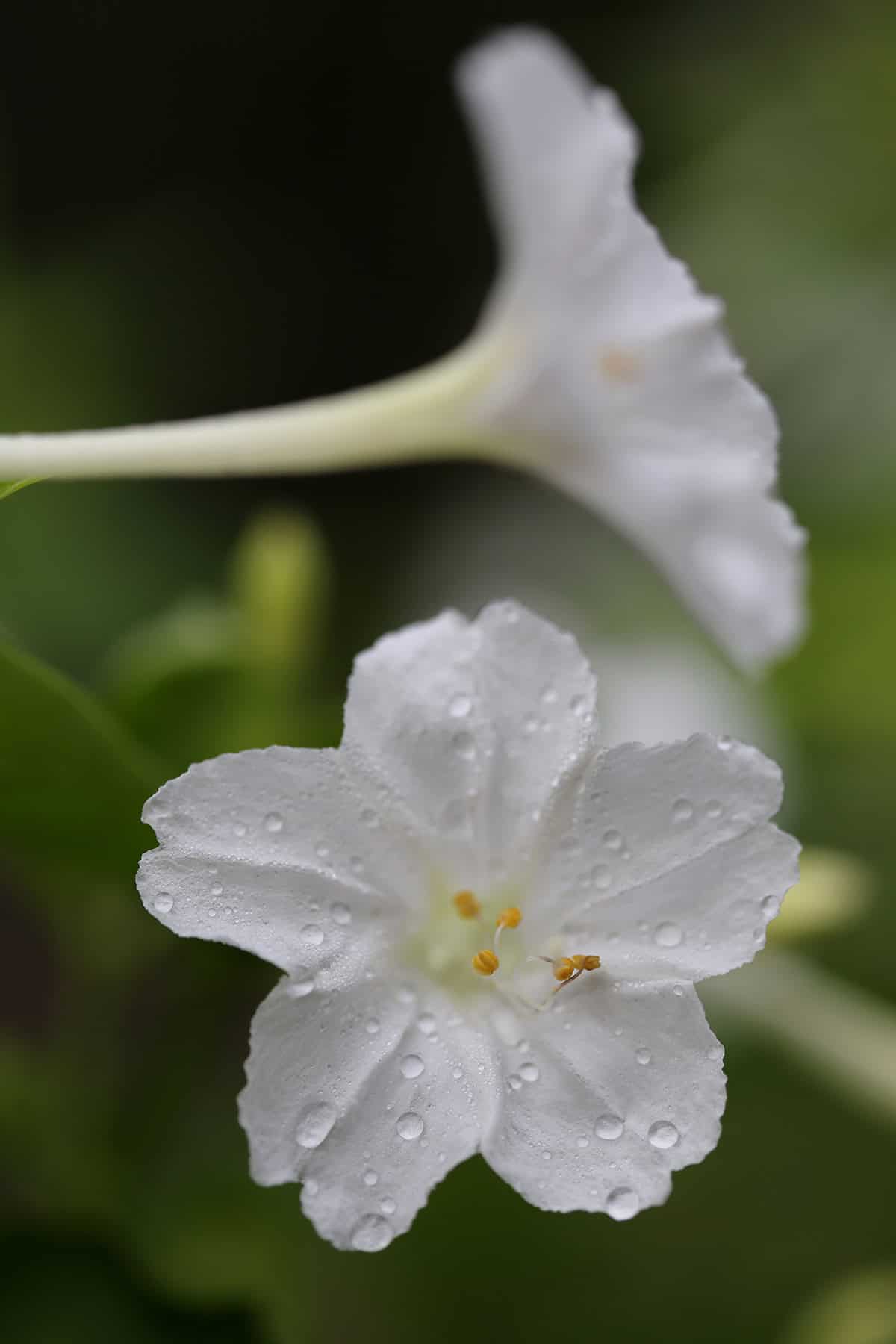
Young four o’clock flowers want steady moisture. Keep the soil evenly damp (but not swampy) until their roots take hold.
Once they’re established, they’ll handle short dry spells just fine. If there’s no rain for a while, give them a drink. Good drainage is key to avoiding root rot.
Let the top inch of soil dry out before watering again. If your soil is heavy, it’ll hold moisture longer, so you might not need to water as often.
During heat waves, if leaves are wilting, water deeply in the morning. Aim for the base of the plants to keep leaves dry and reduce the risk of disease.
Mulch can help keep soil cool and lock in moisture, so you won’t have to water as much. Look for signs like drooping or dry leaves if you’re unsure when to water.
In pots, they’ll dry out faster, especially in hot or windy spots. Check soil moisture daily if you’re growing them in containers.
Temperature And Humidity
Four o’clock flowers like it warm—ideally between 65°F and 85°F. They’ll put up with summer heat but don’t love it if temps dip below 55°F or soar above 90°F for too long.
Wait until all frost is gone and the soil has warmed before planting. They’re not fans of chilly starts.
Average garden humidity is fine. You don’t need to add extra moisture to the air.
Hot, dry stretches might wilt a few leaves. If your area is humid, make sure there’s space between plants for air to move—this helps avoid disease.
Once they’re settled, these plants handle heat better than a lot of other flowers. Still, if it’s bone-dry, keep up with watering.
If a cold snap sneaks in, it’s worth covering your plants or bringing pots inside. Sudden chills can mess with blooming.
Fertilizer
Don’t go overboard with fertilizer—four o’clock flowers don’t need much. Too much, and you’ll get more leaves than blooms.
A light application of balanced, all-purpose fertilizer at planting is usually enough. Skip the high-nitrogen stuff, since it encourages leafy growth over flowers.
If your soil is especially poor, feed them once a month during the growing season, but dilute the fertilizer and follow the label. Always water after feeding.
A sprinkle of compost in spring is often all that’s needed. Overdoing fertilizer just makes for weak plants and dull color. Less is more here.
How To Grow Four O’Clock Plants From Seed
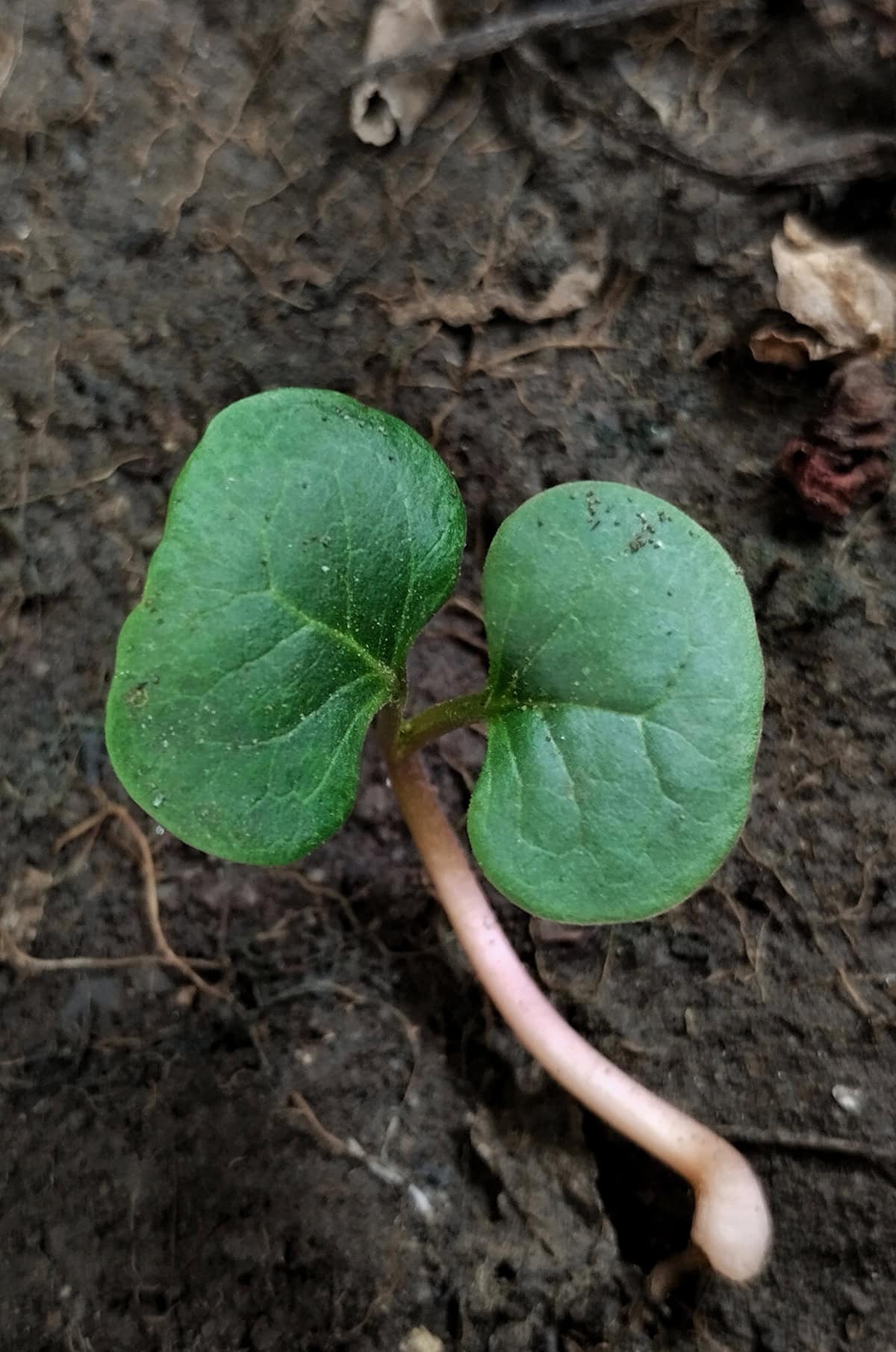
Four o’clock seeds are big, dark, and hard—easy to handle. Gather them from last year’s plants or buy a packet at the garden center.
Soaking seeds for a few hours before planting softens their tough shells and helps them sprout faster. Plant after frost is gone in spring.
Bury seeds about half an inch deep and keep the soil moist until you see green shoots, usually within a week or two. Give them 15 to 20 inches of space so they have room to grow.
A sunny spot with well-drained, slightly moist soil is ideal. Once seedlings pop up, thin them if they’re crowded.
No need to fuss with transplants—these seeds grow best right where you put them. They often drop seeds and come back on their own next year. Collect extras if you want to share or replant elsewhere.
Pruning
Trimming four o’clock flowers keeps them bushy and stops them from flopping all over the place. It’s a simple way to keep things looking tidy.
Snip off spent blooms to keep flowers coming. Removing faded flowers helps the plant focus on making more. Check every few days during peak season.
If stems get too long, trim them back above a leaf node. These plants can spread out and crowd neighbors, so a little shaping goes a long way.
Near season’s end, cut away any dead or damaged stems. After frost, the plant dies back naturally. Cleaning up helps prevent pests over winter.
Always use sharp, clean tools. Don’t tear big stems by hand—it’s rough on the plant and can spread disease.
Potting And Repotting

For containers, pick pots with drainage holes and enough space for roots. Use fresh, well-draining potting mix.
Plant seeds or tubers about an inch deep. Water so the soil is moist but not soggy. Place pots somewhere sunny—six hours of sun is the minimum.
If roots start poking out the drainage holes or growth slows, it’s time to repot. Move to a slightly bigger pot and gently loosen the roots.
Add fresh soil at the same level as before and water to settle things in.
You can keep these flowers in pots indoors for a bit, but they’ll always bloom better outside. Watch for root crowding—regular repotting keeps them happy.
How To Get Four O’Clock Plants To Bloom
Sunlight is non-negotiable for four o’clock blooms. Aim for at least six hours a day. Less light means fewer flowers.
Soil should drain well. They’ll put up with dry spells, but moist, fertile soil brings out the best blooms. Avoid heavy, wet ground.
Water new plants to help them settle. Once established, only water during dry spells. Let the soil dry a bit between waterings.
Fertilizer isn’t usually needed. If you want, a balanced slow-release type in spring can help. Just don’t go heavy—too much leads to leaves, not flowers.
Buds open later in the day—don’t worry if you don’t see flowers in the morning. If blooms are sparse, check for enough light and avoid moving them around too much. Stress cuts back on flowers.
Deadhead faded blooms regularly. It keeps the plant focused on flowering instead of making seeds.
Keep an eye out for pests like aphids or spider mites. Healthy, pest-free plants bloom more. If needed, use insecticidal soap.
Common Problems & Troubleshooting
Most of the time, four o’clock flowers are pretty hassle-free. Still, it’s good to know what can pop up.
Big patches can attract rodents like mice or voles, especially if seeds are left on the ground. Keeping the area tidy helps.
If flowers are lacking, it’s usually a sunlight or drainage issue. Move them to a brighter, better-drained spot if needed.
Yellow or spotted leaves may mean the soil’s too wet. Only water when the top inch is dry.
Pests aren’t a huge problem, but slugs might nibble on young seedlings in damp weather. Clearing debris and weeds helps keep pests down.
If plants spread too much or reseed where you don’t want them, pull up unwanted seedlings early. Deadheading after blooms fade also helps with control.
Plant Varieties
There’s a surprising range of four o’clock flower varieties out there—different colors, patterns, and vibes to fit your garden’s style. You’ll find everything from solid hues to wild marbled petals.
Mirabilis jalapa ‘Red’
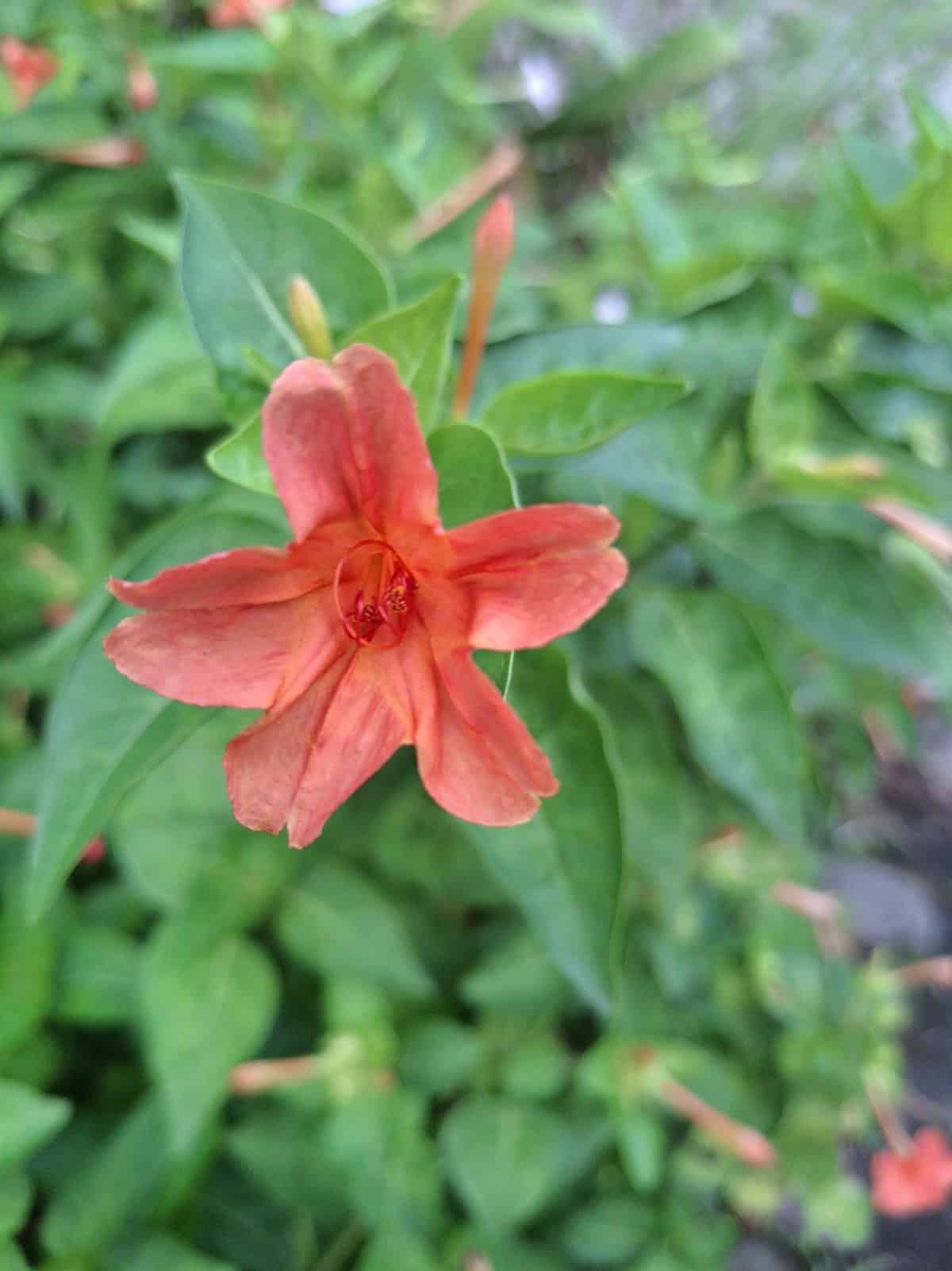
‘Red’ four o’clocks show off with bold, deep color in the late afternoon, and often have a gentle fragrance. They’re an easy way to add drama against green foliage.
Plants reach about 18 to 36 inches tall and prefer sunny, well-drained spots. They make great borders or focal points, and pollinators like hummingbirds and moths love them.
You’ll get blooms from midsummer until fall. For the brightest reds, start new plants from seed each year.
Mirabilis jalapa ‘Yellow’
Yellow four o’clocks bring a cheerful vibe, with true yellow flowers that pop in evening light. They mix well with reds and pinks, and work in just about any garden design.
Flowers open reliably at day’s end and give off a mild scent, especially at dusk. These can reach up to three feet, handling heat and drought without fuss. The color stays bright, even in full sun.
They self-seed easily, so you might see them return on their own. Bees and other pollinators are regular visitors.
Mirabilis jalapa ‘Pink’
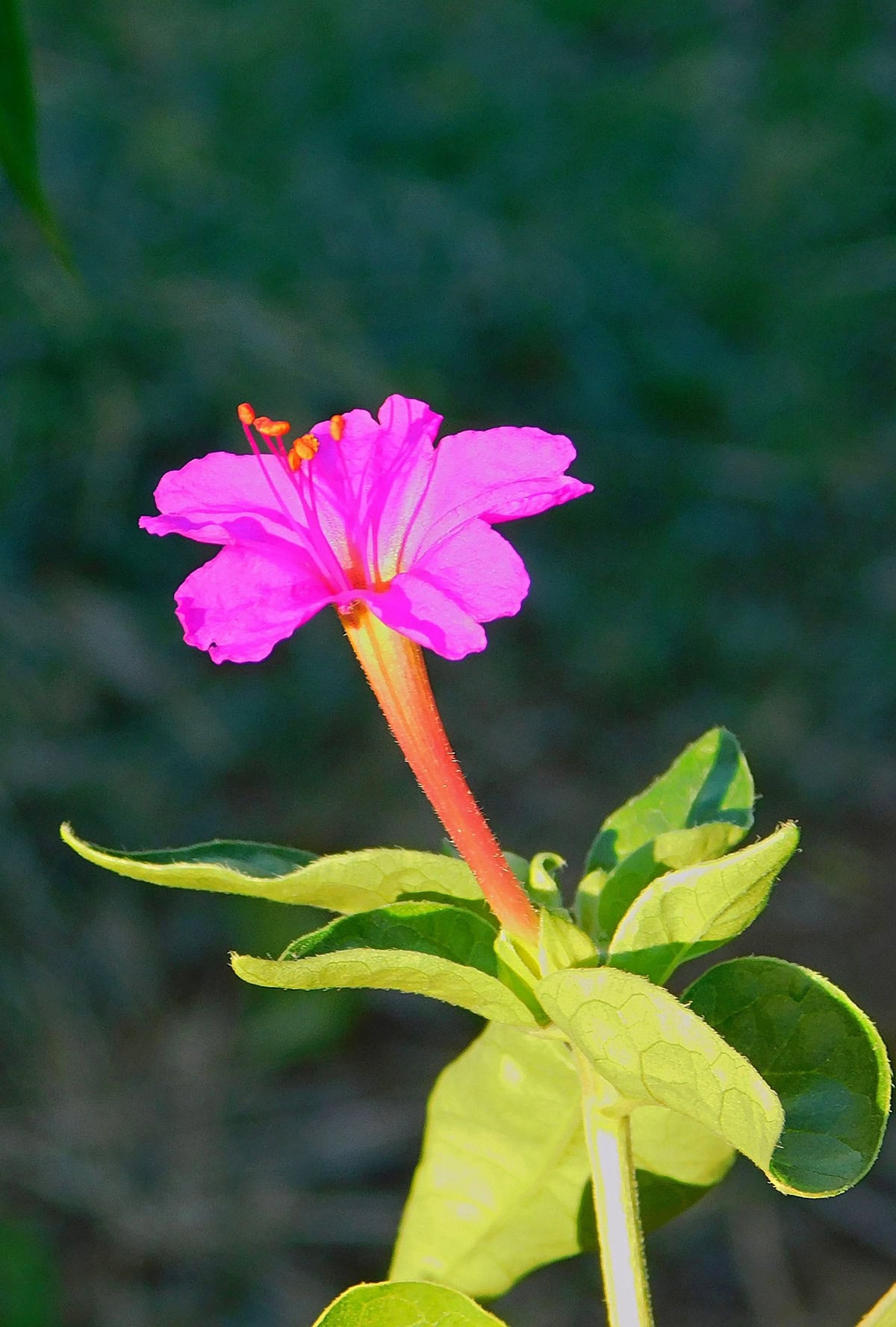
‘Pink’ four o’clocks are a classic cottage-garden choice, with blooms from pale rose to medium pink—sometimes with hints of white or yellow. They bring a soft, romantic feel to the evening garden.
You’ll catch their pleasant fragrance as the flowers open late in the day. Pink-flowered plants usually hit two to three feet tall, and they’re happy in containers or beds.
They blend nicely with bolder shades or white flowers. Expect steady blooming until frost, and not much fuss required.
Mirabilis jalapa ‘White’
There’s something undeniably fresh about white four o’clocks. That clean color seems to jump out against green leaves or any nearby blooms. When dusk settles in, the flowers almost look like they’re glowing—hard to miss if you’re walking along a path or hanging out on the patio.
They’re a favorite for moon gardens, probably because you can actually see them at night. The scent? It’s subtle in the day, but come evening, it really kicks in. These plants don’t get too tall, so they slide nicely into mixed borders without taking over.
Gardeners rarely have to fuss with pests on these, and they don’t mind a dry spell. Starting them from seed is pretty straightforward, and they’re handy if you want to brighten up a shady spot.
Mirabilis jalapa ‘Salmon’
‘Salmon’ gives you that peachy, coral vibe—not quite pink, not quite orange. It’s a color that really pops if you’ve got reds, yellows, or whites nearby.
They fit right into those tropical or Mediterranean gardens people love. Growth is upright and a bit bushy, usually topping out around three feet. They aren’t picky about soil, either—not every plant can say that.
Flowers wait till late in the day to open, but they keep going well into fall. Pollinators seem to like them, drawn in by the gentle scent and that soft color.
Mirabilis jalapa ‘Marble Mix’ – multicolored streaks on each bloom
If you want something a little wild, ‘Marble Mix’ brings it. Each bloom has its own marbled, streaky look—maybe pink with yellow, or red with a flash of white. You never know quite what you’ll get.
The garden feels more alive with these mixed in. That marbled look is especially eye-catching as the sun goes down.
They’re not fussy, and they tend to spread out on their own. Mixing ‘Marble Mix’ with solid colors gives a fun, unpredictable effect. Seeds usually grow true to type, though you might notice the occasional surprise in the color patterns.
Mirabilis jalapa ‘Broken Colors’ – splashes and patterns on petals
If you’re after something a bit out of the ordinary, ‘Broken Colors’ is honestly hard to beat. The petals look like someone’s flicked paint across them—splashes, speckles, or wild streaks, sometimes all at once. You’ll see deep hues on pale backgrounds, or a jumble of shades crowded onto a single flower.
The patterns? Totally unpredictable. No two blooms ever seem quite the same, which adds a bit of excitement to any border or patch. There’s a sense of surprise every time new buds open.
They’ll shoot up to about three feet, and aren’t fussy—just keep them watered. Flowers tend to show their wildest patterns when you grow them from saved seeds, and honestly, half the fun is seeing what pops up next summer.
